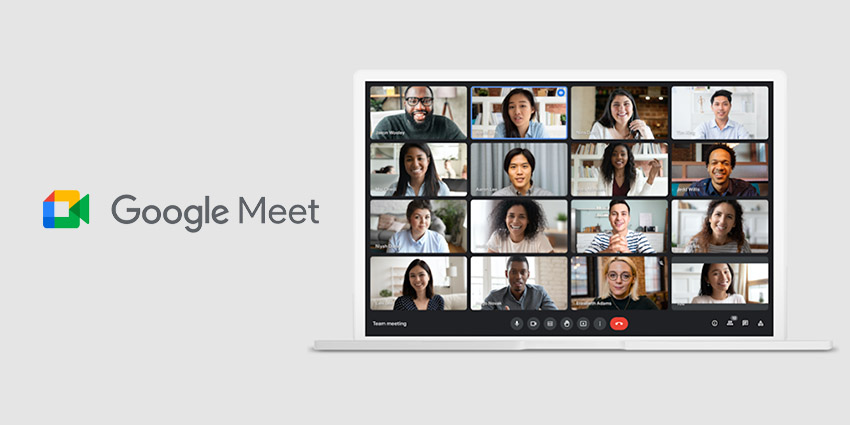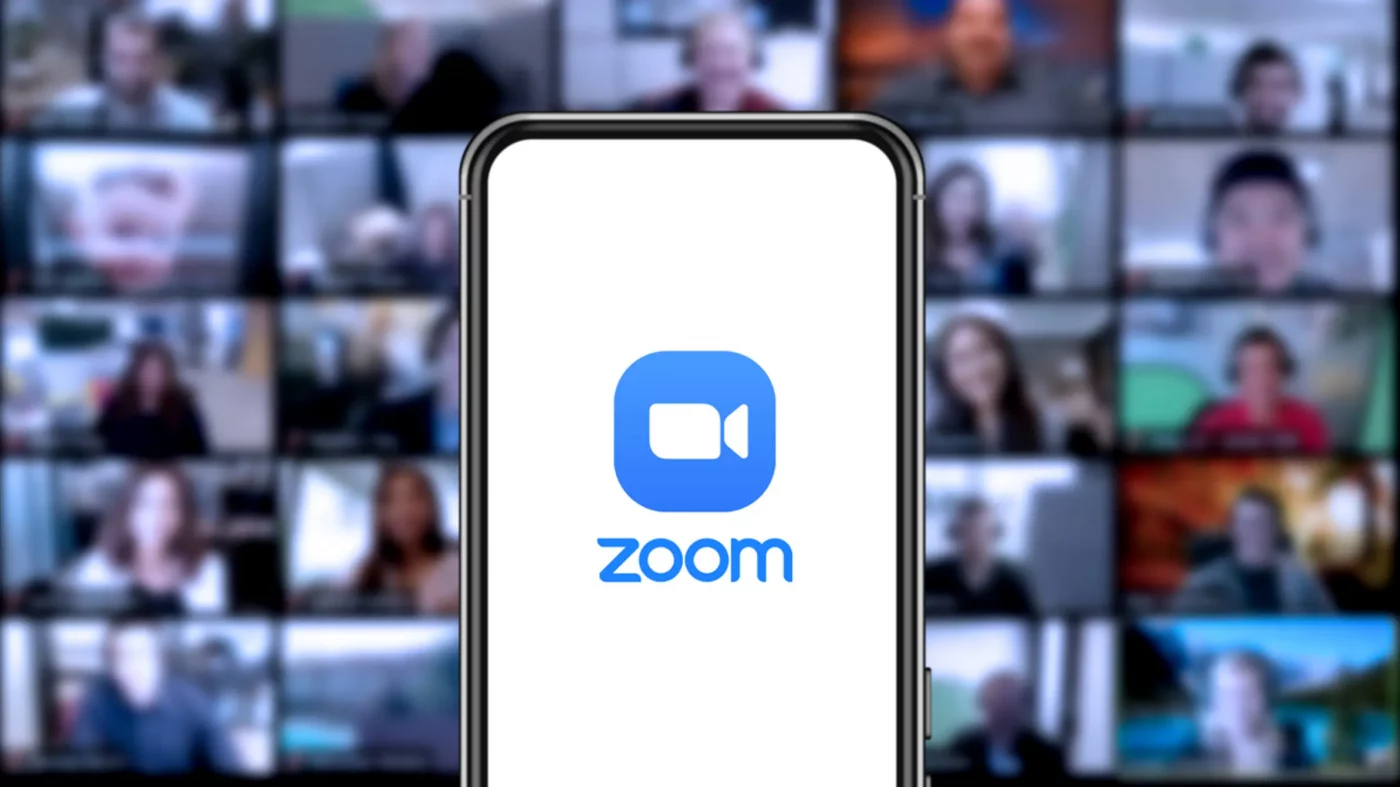Ever since the COVID 19 pandemic, when the world had to dive into remote work to keep businesses growing, we got accustomed to using various kinds of tools that would help keep up productivity amongst team members sitting at a variety of locations. Fast forward to almost 3 years, remote work is the now the way of the future.
From seamless collaboration across geographies to project management and monitoring for large teams, communication technology has supported uninterrupted efficiency at work. Architectural rendering companies in particular have benefitted greatly from several tools while working on projects with clients and partners across the world.
A few of the biggest benefits for architectural 3D rendering studios in using remote working tools for communicating with clients are saving of time spent traveling to meeting locations, easy rescheduling of meetings as per urgency, cand saving on regular transportation which ultimately is better for the environment.
Why is it important to monitor projects while working remotely?
Table of Contents
No matter where we are working from in the world, we work together as a team to bring about the best output for the project. Here are a few reasons why global architectural visualization studios and their clients stay in touch throughout the project.
Collaboration:
Although the project brief shared is received by the 3D rendering studio team right at the beginning, the completion and delivery process is not drop and pick. A typical project is split into around four to six steps, depending on the complexity and the client requirements (click here to know more about the 5 steps of a rendering project).
The studio team shares updates with the client at every stage and requires feedback on changes required or on proceeding further.
Alignment of vision:
The client knows their project like the back of their hand, and shares the same with the 3D rendering company they are working with. Regular communication between the two teams is essential to keep the vision imbibed into the minds of the working team, to share inspiration, and to keep the thought process creatively aligned. As conversations move deeper into the project, it also becomes a learning opportunity for every one working on it.
Avoiding miscommunication:
Long gaps between meetings can sometimes lead to miscommunication of project expectations between clients and the studio. This is especially true for international collaborations where there might be a difference in spoken language. Although, English is the official language being used on project communication, still there is always scope for error on the chance of misunderstanding.
Regular online communication and project monitoring helps keep every one aligned on the expectations and work accordingly.
Best tools to monitor projects remotely
There are several methods commonly utilized for online communication between architectural and interior 3D rendering companies and their clients, which also supports project monitoring.
Video Calling:

One of the most common ways to work with cross-geographical teams, video calls not only help you give human connect with voice and photograph, but also allows users to share various kinds of resources related to the project.
A few of the commonly used video conferencing tools commonly used are –
MS Teams: This tool is useful mostly for organizations that use Microsoft 365 on a regular basis. As a standard it allows clients and 3D rendering studios to present their screens to update on the work status, record meetings, conduct vote polls for team consensus are so on. MS Teams offers various kinds of meeting types, and the number of allowed attendees for each of these, and users can select as per their requirement.
Google Meet:

Coming in with a host of google account services, this tool is known to be extremely user friendly and popular amongst companies globally. It helps users easily perform various common tasks like presenting on screen, recording meetings, etc.
Zoom:

This is a free tool that everyone can use to set up meetings for up to 49 people, and beyond which users will have to purchase a plan. Another advantage of Zoom is the ability to set up conference rooms for team meetings.
Text based communication:
Emails are some of the most common forms of communication while monitoring architectural visualization projects remotely. Apart from being a tool for official record of data exchange, it is pretty useful for attaching and sharing large sized files safely.
The kind of email service provider the organization is registered on typically is based on specific needs. However, when it comes to communication for project monitoring, there is no bar on providers. One of the key factors to look out for is the accessibility to data storage and sharing applications that one or the other party has. Tools commonly used by either the client or studio can be discussed before the start of the project to allow for streamlined material and feedback sharing.
Quick Messaging
Remote projects allow you to work from anywhere, and that means even receiving updates or sharing feedback while traveling on the bus! Messenger applications like Slack, Whatsapp and even chatting on Google can greatly help make communication more efficient without waiting to reach a desk and chair set up to get on a video call. Messenger apps come a lot handy for small fixes, check-ins, and quick update sharing.
Online project communication – things to keep in mind
Great communication between architectural visualization companies and their clients really help with fantastic outcome for projects. However, there are a few things you should mind to keep the conversation clear.
- All kinds of directions shared via email must be in simple and crisp language and supported by examples and images wherever applicable.
- Meetings must be kept brief and agenda driven, and in case of project status meetings the concerned team members should come in with finished deliverables. This keeps the communication fruitful and professional.
- In case of video meetings, ensure you follow video conferencing etiquettes an present a great profile for your organization.
- Quick messenger applications are used for their easy accessibility. However, do make sure to maintain all professional decorum and respect while using them for project discussions.
Continuous communication supports a collaborative approach to project success. The tools and tips mentioned above are the ones in standard use and accepted by companies across the globe.

